- Home
-
My Models
-
AV History
- Airline History Blog
-
Airline Development
>
-
Liveries
>
- Aeroméxico Liveries
- Air China Special Liveries
- American Airlines Liveries
- British Airways Liveries
- Continental Airlines Liveries
- Delta Air Lines Liveries
- Eastern Air Lines Liveries
- Landor Liveries
- National Airlines Liveries
- Northeast Airlines Liveries
- Northwest Airlines Liveries
- Pan Am Liveries
- Trans World Airlines Liveries
- United Airlines Liveries
- Western Airlines Liveries
- Airbus A380s >
- Boeing 747 >
- Real Airport Histories >
- Plane Spotting >
- Aviation Stickers >
-
1:400 SCALE
- Collecting 1:400 Scale >
- The History of 1:400 Scale >
-
1:400 Brands
>
- Aeroclassics >
- Airshop Diecast
- AURORA Models
- Aviation400 (2007-2012)
- Big Bird 400 Your Craftsman
- Black Box Models
- Blue Box & Magic Models
- C Models
- Dragon Wings
- El Aviador 400
- Gemini Jets >
- JAL Collection / Jet Hut >
- Jet-X >
- MP4 Models
- NG Models >
- Panda Models >
- Phoenix Models >
- Seattle Models Co (SMA)
- Skyjets400
- Sovereign Models
- TucanoLine
- Witty Wings / Apollo
- Yu ModeLs
- 1:400 Custom Models >
- Production Numbers
- Zinc Rot
-
1:400 Moulds
- The Best Moulds >
- Airbus >
-
Boeing
>
- Boeing B-377 Stratocruiser
- Short Boeing 707s & 720s
- Boeing 707-320/420
- Boeing 717
- Boeing 727-100
- Boeing 727-200
- Boeing 737-100/200
- Boeing 737-300 >
- Boeing 737-400
- Boeing 737-500
- Boeing 737-600
- Boeing 737-700/800/900 >
- Boeing 737 MAX
- Boeing 747-100/200 >
- Boeing 747-400 >
- Boeing 747SP
- Boeing 747-8 Interactive
- Boeing 747LCF Dreamlifter
- Boeing 757-200 >
- Boeing 757-300
- Boeing 767-200
- Boeing 767-300
- Boeing 777-200
- Boeing 777-300
- Boeing 787
- British >
- Douglas >
- Lockheed >
- Other >
- Chinese >
- Soviet >
- Smallest Moulds in 1:400
-
1:400 Reviews
-
Model News
- Model Blog
-
New Mould Samples
>
- Aviation400 >
- JC Wings >
-
NG Models 400 Scale
>
- Airbus A318
- Airbus A319/320 CEO
- Airbus A319/320 NEO
- Airbus A321CEO & NEO
- Airbus A330-200/300
- Airbus A330 Beluga XL
- Airbus A330-800/900
- Airbus A340-200/300
- Airbus A350-900
- Airbus A350-1000
- Boeing 737-600/700/900
- Boeing 737-600 Refresh
- Boeing 737-800
- Boeing 737 MAX-8/MAX-9
- Boeing 737 MAX-7/MAX-10
- Boeing 747-100
- Boeing 747-200
- Boeing 747-400
- Boeing B747SP
- Boeing 747-8I
- Boeing 747-8F
- NG 747s Together
- Boeing 757-300
- Boeing 767-200/300 >
- Boeing 767-400 >
- Boeing 777-200
- Boeing 777-300/300ER
- Boeing 787-8
- Lockheed L-1011 Tristar
- Lockeed Tristar 500
- McDonnell Douglas MD-80
- McDonnell Douglas MD-87
- Tupolev Tu-154
- Tupolev Tu-204/Tu-214/Tu-234
- NG Models 200 Scale >
- Phoenix Models >
- Yu ModeL >
-
1:600 SCALE
- DIORAMAS
Northwest had emerged from World War Two with an excellent record for flying on the difficult routes up to Alaska and the Aleutians making good use of its extensive cold weather flying experience. Due to this experience, as well as President Truman’s loathing for Trippe’s Pan Am and United’s disinterest in international routes, Northwest was awarded a Great Circle Route to the Orient via Alaska in June 1946. Along with a transcontinental route awarded in 1944 Northwest was now one of the big boys. In the same month, March 1946, that DC-4s began service the airline placed an impressive order for 10 Boeing Stratocruisers. These became model 377-10-30s recognisably different from all other Strats due to their rectangular cabin windows. As with all Strats they were initially setup for luxury in layout that featured only 61 seats on the main deck. This could be reduced even further to just 28 when 16 berths were setup to sleep 24. The total seating capacity at this stage was 75, which at the time was considered ‘high density’! One of the main factors in the popularity of the Stratocruiser with the public was its massive size, which enabled a lot of internal space. The double bubble fuselage allowed the fitting of a lower floor lounge and cocktail bar. Plus despite its size and ungainly appearance the Stratocruiser was almost as fast as the Connie and set a number of point to point records. The Strat flew for the first time on July 8, 1947, by which time all 55 had been ordered. The type was almost universally used on long haul over water flights by its operators however upon delivery of its first frame on June 22, 1949 Northwest put it first into service between Minneapolis and Chicago on August 1. Indeed this sort of routing was to become the standard for the Northwest Strats, which were the only ones to be regularly, and in fact mainly, used for US domestic services during their careers. The first aircraft to arrive was actually Northwest’s second Strat N74602 even though N74601 had been rolled out first, on February 18. The Stratocruisers were a massive landmark for Northwest whose passengers up until then had mainly been used to flying in DC-3s. There was huge publicity both internal and external to the company. The Strat featured on the front page of almost every edition of the airline’s magazine, Northwest Passage News, plus even got into the 1949 edition of the Webster’s New International Dictionary in the red tail livery.
Other promotional skits included “Strato Fashion Flights”, which were literally fashion shows featuring University of Minnesota coeds as the models. Northwest continued to utilise the Stratocruisers on domestic routes connecting destinations between Seattle and New York or Washington DC. Stops included Chicago-Detroit-Milwaukee-Minneapolis and Spokane. In fact it wasn’t until April 28, 1952 that the Stratocruisers were placed on the long range Pacific routes. They then flew a Seattle-Anchorage-Tokyo-Okinawa-Manila service. Nonetheless the reliability and economics of the Strats didn’t appear to suit the Pacific and in 1955 they were replaced by Super Constellations. In 1953 Northwest reconfigured its Strats into a more sustainable 83 seat layout. They also gained weather radar in a small pimple style radome added to the blunt nose. Following the type’s withdrawal from the Great Circle route they returned in force to domestic services. It continued to fulfil these high profile tasks giving Northwest and admirable reputation for service until the type’s final withdrawal on September 15, 1960. By 1959 the Strats had mainly been replaced by DC-7Cs however even at this late stage Strats could still be seen plying the routes between Washington-Cleveland-Detroit, Washington-Pittsburgh-Cleveland-Detroit, New York-Minneapolis, New York-Milwaukee and Chicago-Minneapolis. The eight surviving Northwest Strats were traded in to Lockheed in part exchange for new Electras. One aircraft, N74608, had been destroyed in 1956 when it ditched into Puget Sound whilst N74607 had been badly damaged in an internal fire caused by an exploding Oxygen bottle on July 14, 1959. Eventually several were used for Guppy conversions by Aero Spacelines. References
1972. Davies, R.E.G. Airlines of the United States since 1914 1986. Yenne, B. Northwest Orient. Bison Books 2001. Hewson R. Airlife’s Classic Airliners: Boeing Stratocruiser. Airlife
3 Comments
Steve Colbert
22/12/2017 03:56:34 am
Excellent article, Rich!
Reply
Jack Bates
22/12/2017 05:51:43 pm
In the early sixties as a freshman at the University of Wisconsin - MKE, I worked weekends for Al Green Catering at General Mitchell Field. Every day we would cater NW Stratocruisers without a lift food truck. The door to the galley very high up near the tail. We would load all the galley equipment on a baggage cart and a fork lift would lift us up. It was extended to its limit and wasn't very steady. On one occassion, after we serviced the aircraft, the operated accidently hit the wrong lever spilling my associate and myself and the cart to the ground. My associate broke his arm and other than some bruises, I was OK. Those were the days.
Reply
RStretton
22/12/2017 07:33:25 pm
That's a great story. Must have been literally 1960!
Reply
Leave a Reply. |
AuthorI'm Richard Stretton: a fan of classic airliners and airlines who enjoys exploring their history through my collection of die-cast airliners. If you enjoy the site please donate whatever you can to help keep it running: Archives
July 2024
Categories
All
|
- Home
-
My Models
-
AV History
- Airline History Blog
-
Airline Development
>
-
Liveries
>
- Aeroméxico Liveries
- Air China Special Liveries
- American Airlines Liveries
- British Airways Liveries
- Continental Airlines Liveries
- Delta Air Lines Liveries
- Eastern Air Lines Liveries
- Landor Liveries
- National Airlines Liveries
- Northeast Airlines Liveries
- Northwest Airlines Liveries
- Pan Am Liveries
- Trans World Airlines Liveries
- United Airlines Liveries
- Western Airlines Liveries
- Airbus A380s >
- Boeing 747 >
- Real Airport Histories >
- Plane Spotting >
- Aviation Stickers >
-
1:400 SCALE
- Collecting 1:400 Scale >
- The History of 1:400 Scale >
-
1:400 Brands
>
- Aeroclassics >
- Airshop Diecast
- AURORA Models
- Aviation400 (2007-2012)
- Big Bird 400 Your Craftsman
- Black Box Models
- Blue Box & Magic Models
- C Models
- Dragon Wings
- El Aviador 400
- Gemini Jets >
- JAL Collection / Jet Hut >
- Jet-X >
- MP4 Models
- NG Models >
- Panda Models >
- Phoenix Models >
- Seattle Models Co (SMA)
- Skyjets400
- Sovereign Models
- TucanoLine
- Witty Wings / Apollo
- Yu ModeLs
- 1:400 Custom Models >
- Production Numbers
- Zinc Rot
-
1:400 Moulds
- The Best Moulds >
- Airbus >
-
Boeing
>
- Boeing B-377 Stratocruiser
- Short Boeing 707s & 720s
- Boeing 707-320/420
- Boeing 717
- Boeing 727-100
- Boeing 727-200
- Boeing 737-100/200
- Boeing 737-300 >
- Boeing 737-400
- Boeing 737-500
- Boeing 737-600
- Boeing 737-700/800/900 >
- Boeing 737 MAX
- Boeing 747-100/200 >
- Boeing 747-400 >
- Boeing 747SP
- Boeing 747-8 Interactive
- Boeing 747LCF Dreamlifter
- Boeing 757-200 >
- Boeing 757-300
- Boeing 767-200
- Boeing 767-300
- Boeing 777-200
- Boeing 777-300
- Boeing 787
- British >
- Douglas >
- Lockheed >
- Other >
- Chinese >
- Soviet >
- Smallest Moulds in 1:400
-
1:400 Reviews
-
Model News
- Model Blog
-
New Mould Samples
>
- Aviation400 >
- JC Wings >
-
NG Models 400 Scale
>
- Airbus A318
- Airbus A319/320 CEO
- Airbus A319/320 NEO
- Airbus A321CEO & NEO
- Airbus A330-200/300
- Airbus A330 Beluga XL
- Airbus A330-800/900
- Airbus A340-200/300
- Airbus A350-900
- Airbus A350-1000
- Boeing 737-600/700/900
- Boeing 737-600 Refresh
- Boeing 737-800
- Boeing 737 MAX-8/MAX-9
- Boeing 737 MAX-7/MAX-10
- Boeing 747-100
- Boeing 747-200
- Boeing 747-400
- Boeing B747SP
- Boeing 747-8I
- Boeing 747-8F
- NG 747s Together
- Boeing 757-300
- Boeing 767-200/300 >
- Boeing 767-400 >
- Boeing 777-200
- Boeing 777-300/300ER
- Boeing 787-8
- Lockheed L-1011 Tristar
- Lockeed Tristar 500
- McDonnell Douglas MD-80
- McDonnell Douglas MD-87
- Tupolev Tu-154
- Tupolev Tu-204/Tu-214/Tu-234
- NG Models 200 Scale >
- Phoenix Models >
- Yu ModeL >
-
1:600 SCALE
- DIORAMAS

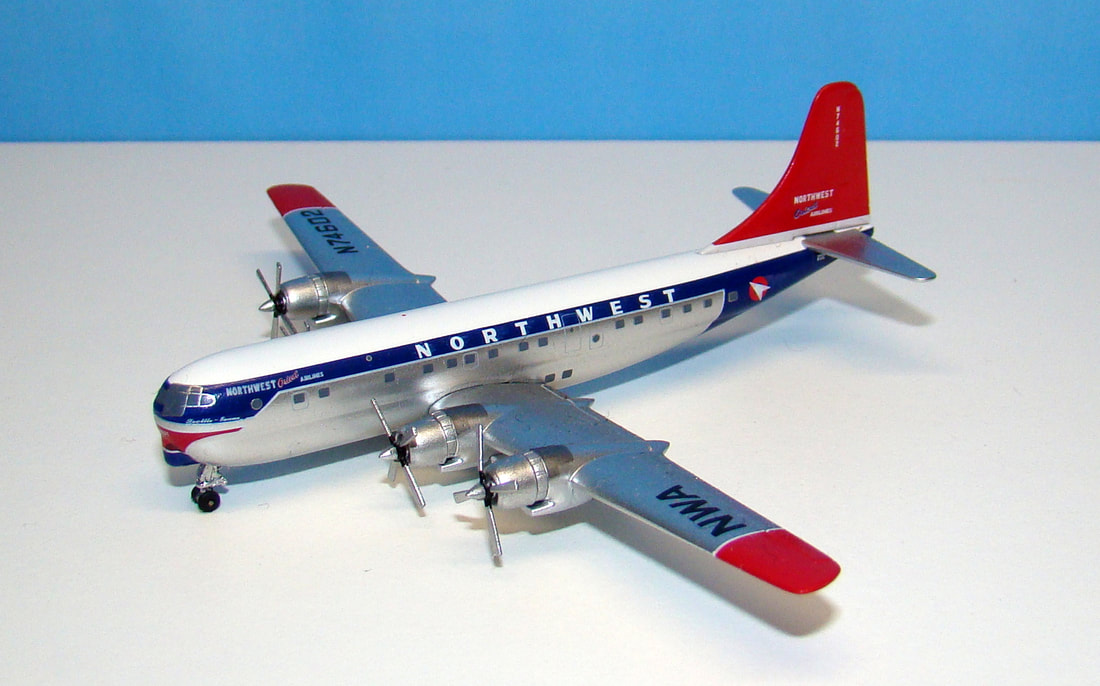
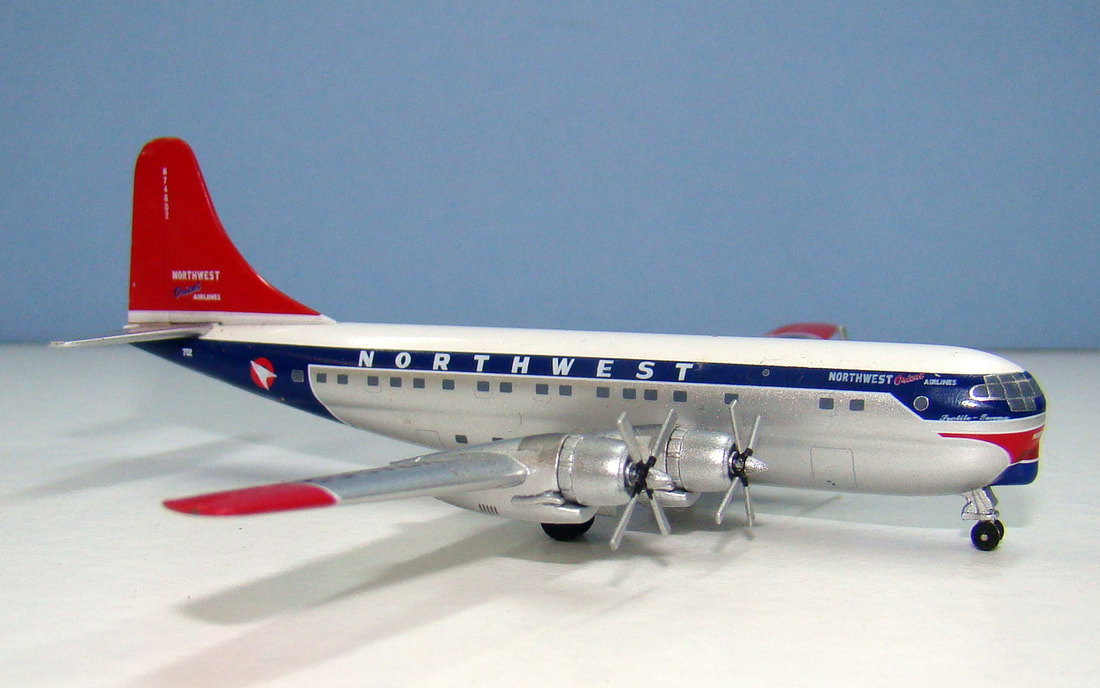
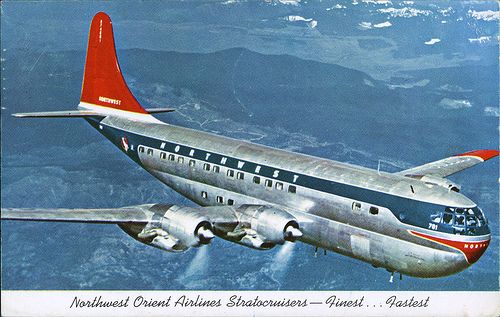
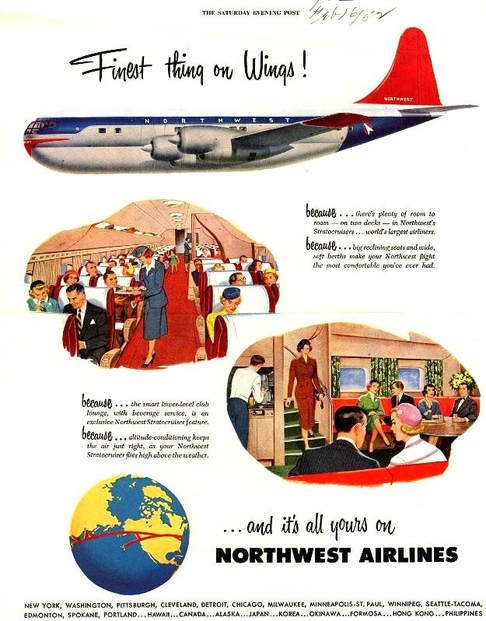
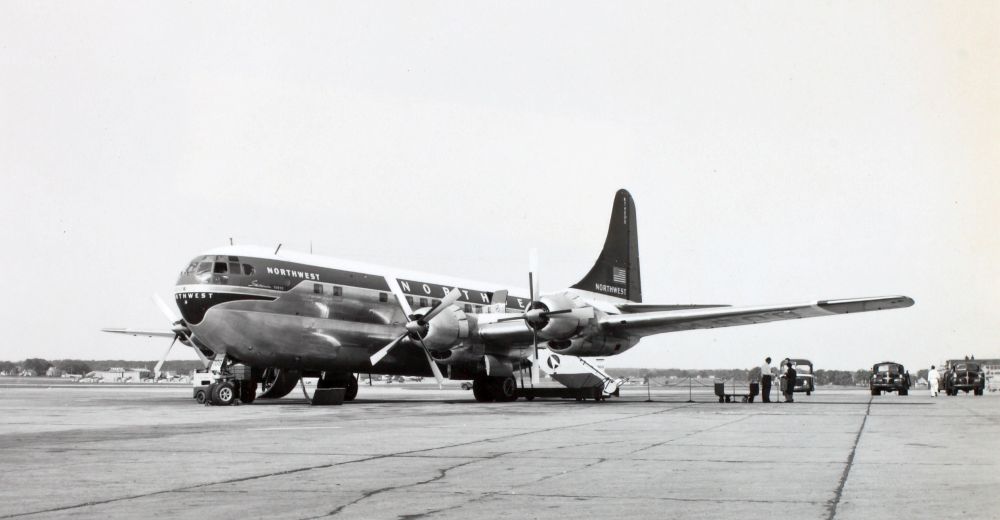
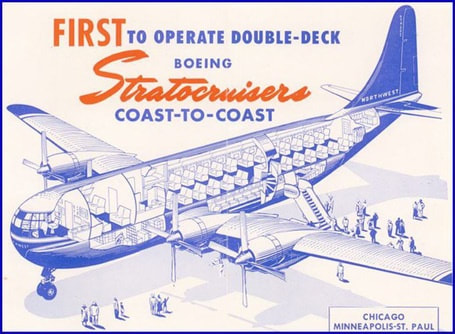
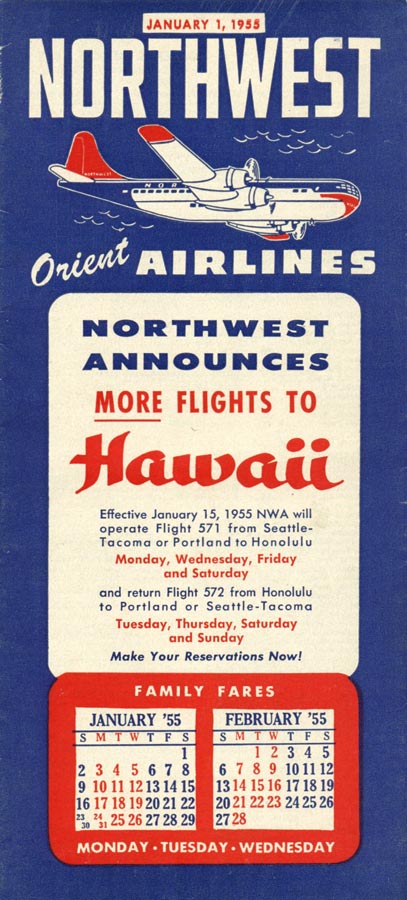
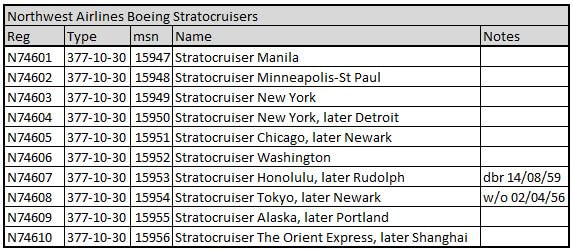
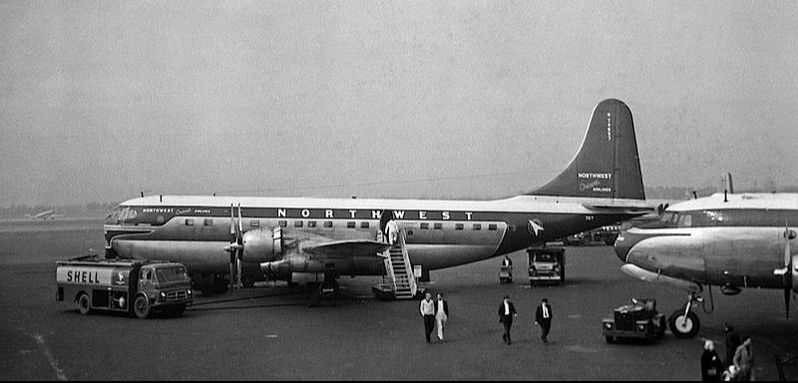
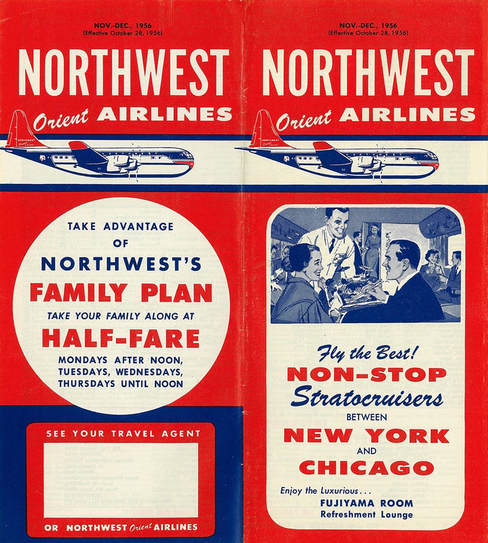
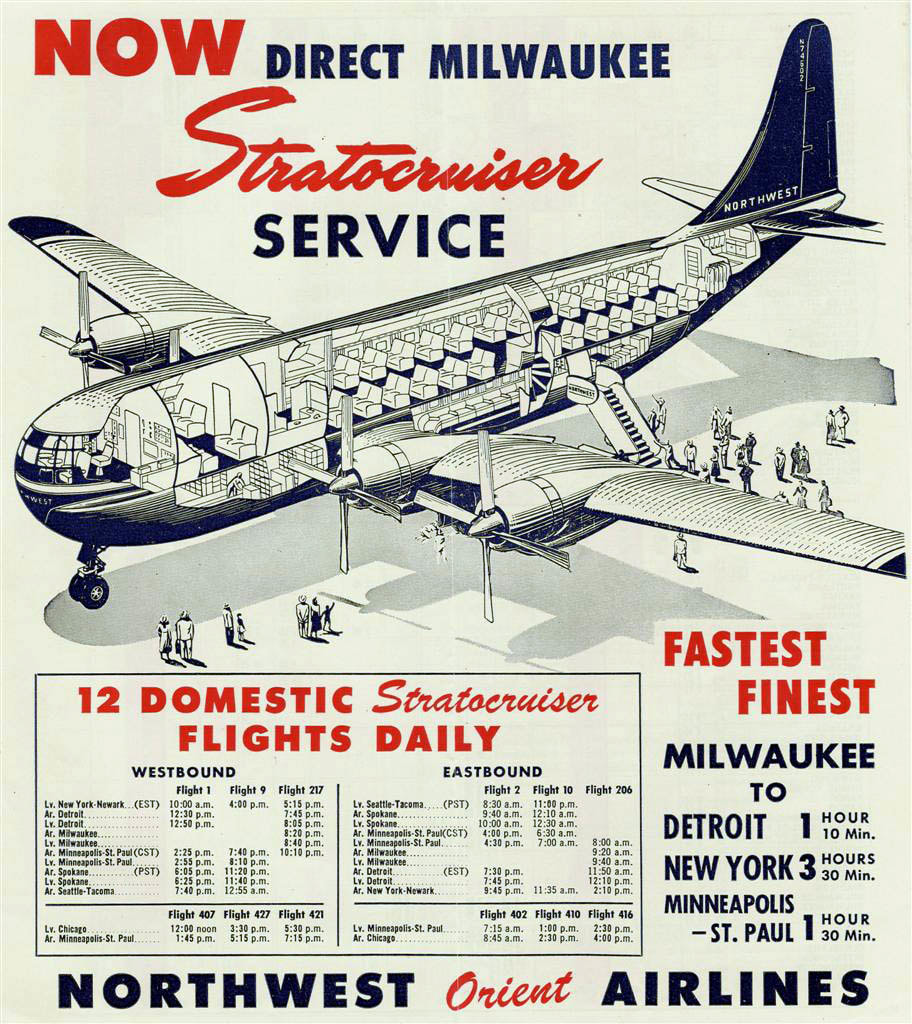
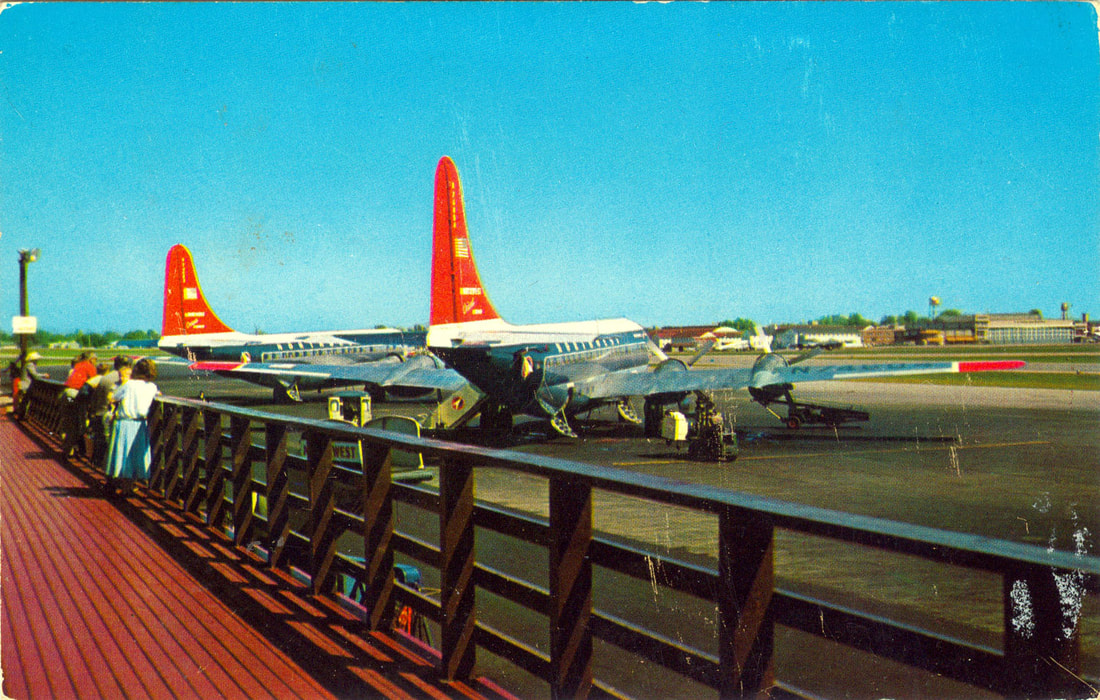
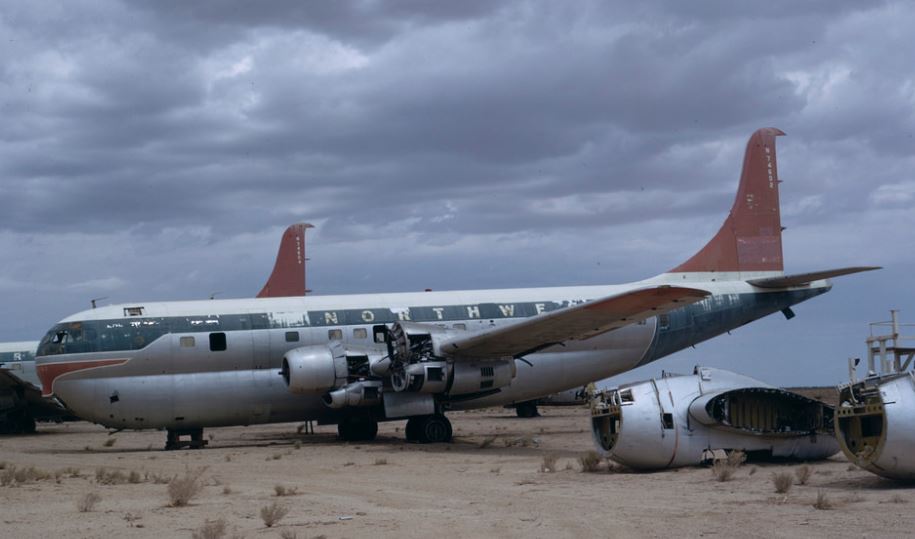
 RSS Feed
RSS Feed